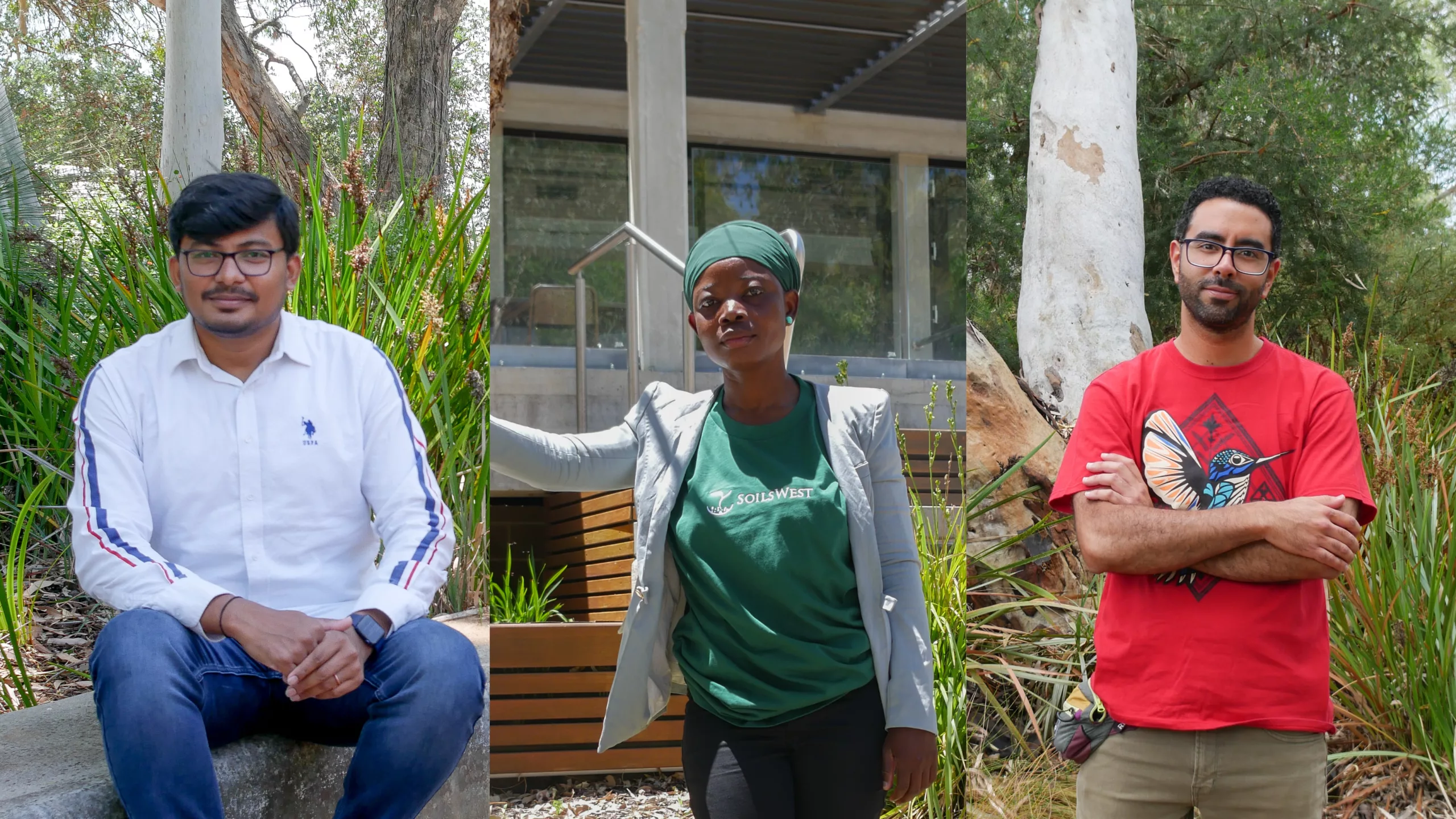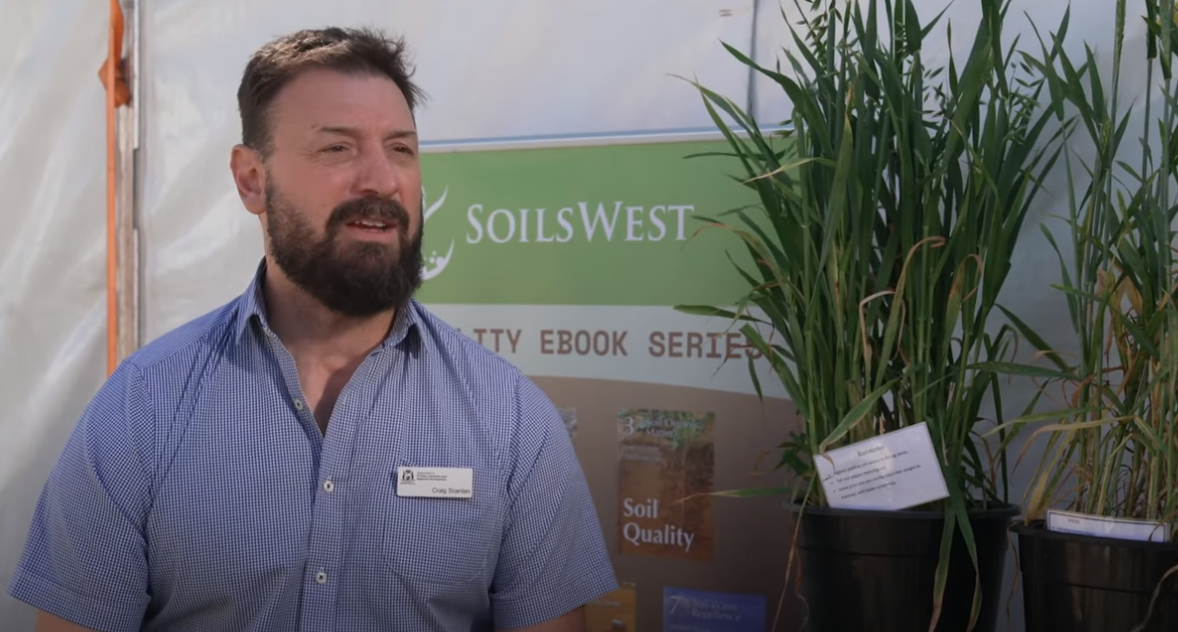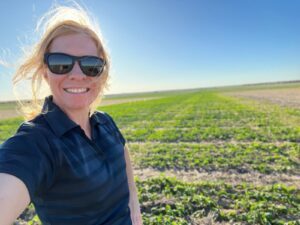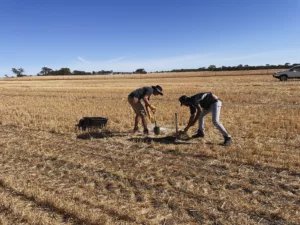PROJECTS
Increasing profit from N, P, and K fertiliser inputs
This project is delivering knowledge that will enable grain producers to maximise the profit they achieve from the application of nitrogen (N), phosphorus (P), and potassium (K) fertilisers to crops.

Building new knowledge for a changing cropping landscape
Empowering growers with greater confidence for nutrient management in grain production
Extensive long-term field trials
Taking advantage of large datasets to provide the best evidence.
Translating laboratory and glasshouse experiments
Optimising crop nutrition from different scales of research work.
Strong industry and grower partnerships
Working alongside fertiliser providers, agronomists, and farmers.
Integrating nutrient management
Better recommendations for diverse farming contexts.
Latest project news and knowledge

Young minds, big impact
Meet 3 early career scientists digging into environmental solutions at

Video: Plant Nutrition – the final Soil Quality ebook
A comprehensive survey of West’ Australian grain growers has revealed

New ebook embaces latest science for nutrition management
The free ebook Soil Quality: 10 Plant Nutrition is an

NPK project research highlighted at upcoming grower forums
Upcoming grower forums held across the grainbelt by GRDC will
Project objectives
NUTRIENT SUPPLY TO CROPS
This project is enabling a better understanding of soil physical and chemical properties on nitrogen supply to crops. Work is helping understand the forms of phosphorus in WA cropping soil, as well as the level of soil potassium required in loamy soils to avoid crop deficiency.
YIELD RESPONSE
Research is giving growers knowledge about what factors have the greatest influence on yield response to fertiliser.
MANAGEMENT AND TESTING
The project is unravelling the influence of preceding crops and fertiliser management on available nutrients in the current year. Work is also determining the most accurate soil test method for plant-available nutrients, and the level of leaching losses in WA cropping soils. The project is investigating the impact of potassium application strategy on profit.
AGRONOMY AND ECONOMICS
Research is being applied to find the economically-optimum range for nitrogen and phosphorus dose response curves, informing the level of precision required in fertiliser rates.

PROJECT VIDEOS
Videos from the project
Publications
from the project
Project background
The current evidence used to support N, P, and K decisions is inadequate and has led to a lack of confidence that needs to be better supported with updated knowledge.
The evolving cropping sequences in the Western Region require specific advice that improves precision in nitrogen (N), phosphorus (P) and potassium (K) fertiliser decisions.
Decision gaps exist in N, P and K fertilizer management because of climate and systems changes since most crop nutrition knowledge was obtained. Annual winter rainfall has declined and the number and size of rainfall events in autumn has decreased (Hope et al., 2006; IOCI, 2002).
Soil P has accumulated across much of the region with a recent survey showing that 70% of soils have soil P levels above the critical concentration for 90% of maximum production (Weaver and Wong, 2011). N and K decisions are problematic and negative balances are common for these nutrients (National Land and Water Resources Audit, 2001).
Research team
- Craig Scanlan (DPIRD)
- Daniel Murphy (Murdoch University)
- Zed Rengel (The University of Western Australia)
- Richard Bell (Murdoch University)
- Frances Hoyle (Murdoch University)
- Raj Malik (DPIRD)
- Gustavo Boitt (The University of Western Australia)
- Miaomiao Cheng (Murdoch University)
- Qifu Ma (Murdoch University)
- Wayne Pluske (Equii)
- James Easton (CSBP)
- Andreas Neuhaus (CSBP)
- Mark Gherardi (Summit)
- Louise Barton (The University of Western Australia)
- Liz Petersen (Advanced Choice Economics)

GET IN TOUCH
Have a question about the project?
Contact the project team to learn more about its findings and potential applications to your context.

Project lead: Craig Scanlan, Senior Research Scientist at Department of Primary Industries and Regional Development
FUNDING PARTNERS
This project is supported by a Grains Research and Development Corporation (GRDC) co-investment. Other funding and in-kind support was provided by the Department of Primary Industries and Regional Development (DPIRD), Murdoch University, The University of Western Australia, and industry partners CSBP and Summit Fertilisers.
GRDC Project Code: UMU1801-006RTX














